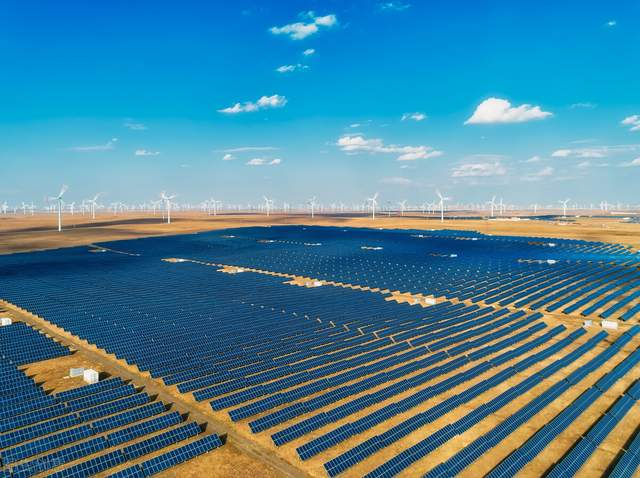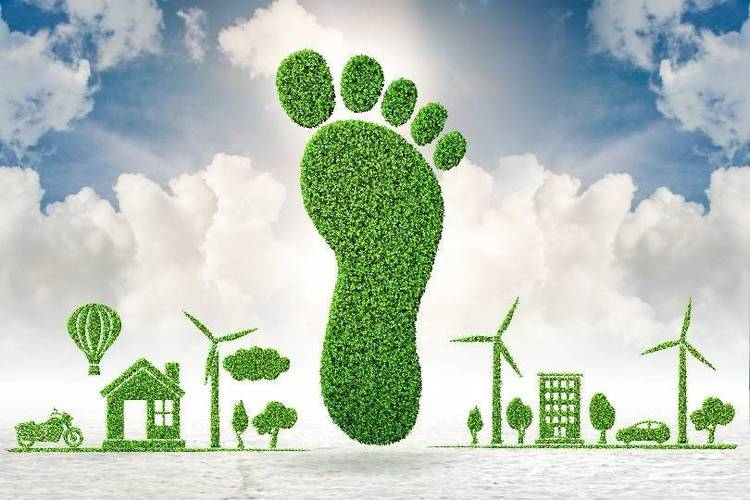Carbon Emission Newsletter -February,2024
No.1
CPC Central Committee and the State Council issued guidelines to comprehensively promote the
development of a “Beautiful China”

Jointly issued by the Communist Party of China (CPC) Central Committee and the State Council, the guidelines set goals aligned with the “Beautiful China" Initiative. By 2027, the focus is on advancing green and low-carbon development and reducing major pollutants discharge. By 2035, carbon emissions are expected to have peaked and will be in steady decline, thereby achieving most objectives of the “Beautiful China" Initiative. By mid-century, China aims to achieve comprehensive ecological improvements, embrace green lifestyles, realize deep decarbonization in key areas, and fully realize a “Beautiful China” in all respects.
No.2

The Interim Regulation on the Management of Carbon Emissions Trading, which was introduced on January 25 as Premier Li Qiang signed a decree of the State Council, will take effect starting on May 1. It marks the first time that China is establishing a dedicated legal framework for this market. The regulation assigns MEE the role of supervising carbon trading activities and details the legal status and responsibilities of the national carbon emission rights registration and trading institutions; the scope of carbon emission rights trading as well as trading products, trading entities, and trading method; quota allocation, and verification processes. Additionally, it focuses on preventing carbon emission data falsification by emphasizing the accountability of major emitters.
No.3
To effectively implement the “Implementation Plan for Synergizing the Reduction of Pollution and Carbon Emission”, the Ministry of Ecology and Environment announced the first batch of pilot cities and industrial parks for collaborative innovation in pollution and carbon reduction. This initial group comprises 21 cities and 43 industrial parks, widely distributed and diverse in type, offering high representativeness across multiple fields and levels. The pilot work targets practical issues, seeks collaborative innovation pathways, and aims to establish a batch of replicable practices. This approach will enhance the optimization and adjustment of the structure of key areas and industries, continuously improving ecological and environmental quality.
No.4
NDRC, NBS and NEA jointly issued the new policy on green electricity certificates to strengthen the connection with national energy consumption dual control policies

The policy addresses the integration of green electricity certificates (GEC) and energy-saving and carbon reduction policies to boost non-fossil energy consumption. It outlines measures to accelerate the issuance of GEC, expand their application scenarios, and support renewable energy consumption through purchasing certificates. Furthermore, it discusses enhancing the connection between the GEC and existing energy consumption double control policies and the mutual recognition mechanism with the international GEC.
No.5
MEE issued the China National Biodiversity Conservation Strategy and Action Plan (2023-2030)
On January 18, the Ministry of Ecology and Environment issued an action plan for implementing Kunming-Montreal Global Biodiversity Framework, guiding biodiversity governance in China. It pledges to restore at least 30% of the nation’s degraded ecosystems by the end of this decade. The plan deploys four priority areas, including biodiversity mainstreaming, addressing threats to biodiversity loss, sustainable use, sharing of biodiversity, and modernizing biodiversity governance. Each priority area comprises six to eight priority actions, covering a wide range of content, including laws and regulations, policy planning, publicity, social participation, and sustainable management of biological resources.
No.6

On January 19, the State Council Information Office held a press conference on the development of industry and informatization in 2023. Tao Qing, spokesperson of the Ministry of Industry and Information Technology (MIIT), announced plans to actively and steadily promote industrial carbon reduction, including formulating around 100 carbon footprint standards for key products in 2024. Focusing on green manufacturing, MIIT aims to develop 1,000 state-level green factories and implement the “Enterprise Green Code”. Additionally, MIIT will enhance industrial energy and water efficiency and encourage waste recycling and reuse.
No.7
NDRC, MHURD, and MEE issued the “Implementation Opinions on Promoting the Synergized Reduction of Pollution and Carbon Emissions in Wastewater Treatment”

The Opinions stress the need to promote the synergized reduction of pollutants and GHGs throughout the wastewater treatment process. Key strategies include enhancing water conservation and efficiency at the source, implementing energy-saving and carbon reduction strategies during wastewater treatment, recovering resources from wastewater and sludge, upgrading environmental infrastructure, and fostering the enhancement of urban and rural living environments.
The key objectives of the Opinions for 2025 include:
Significant advancements in the wastewater treatment industry, marked by enhanced pollution control, carbon emission reduction, and improved efficiency, alongside continued progress in energy efficiency and carbon reduction capabilities.
Achieving a reclaimed water utilization rate of over 25% in water-stressed cities at or above the prefectural level.
Constructing 100 benchmark wastewater treatment plants that are efficient in energy and resource use, and feature green and low-carbon technologies.
-END-
